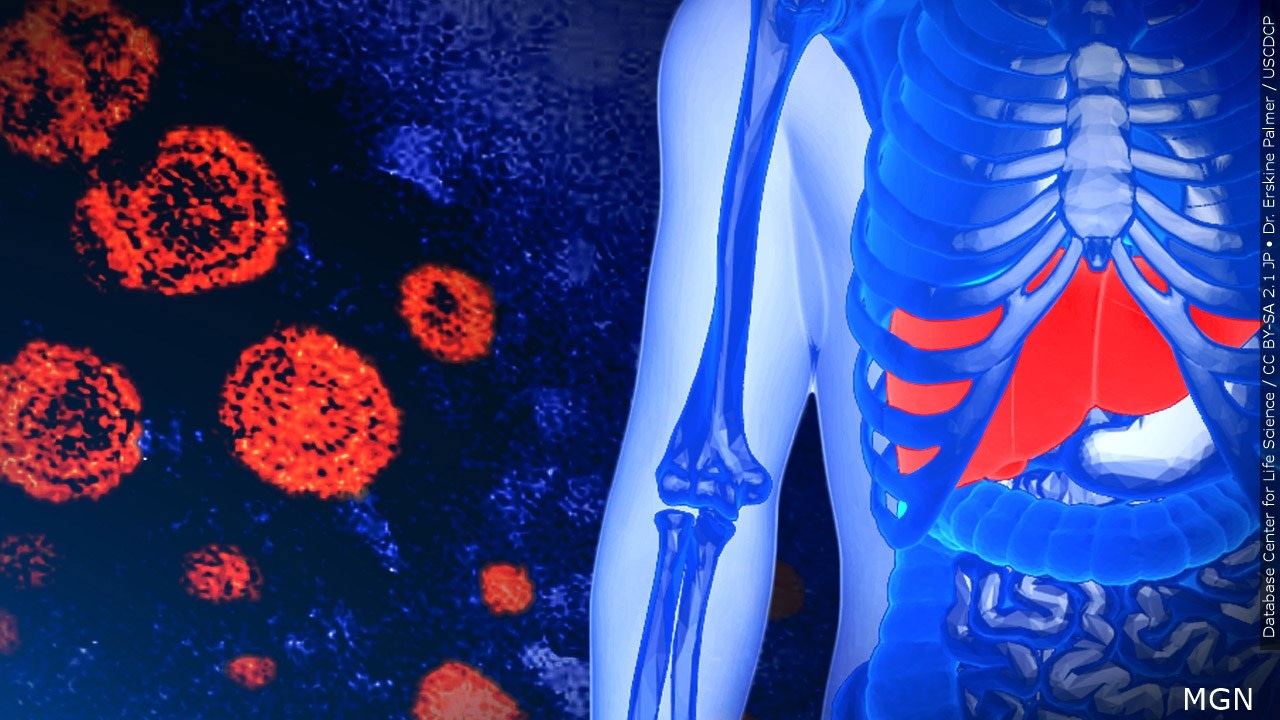MDH asks parents to look for hepatitis signs in children

(Credit: Database Center for Life Science / CC BY-SA 2.1 JP / Dr. Erskine Palmer / USCDCP)
As health officials across the country investigate cases of severe hepatitis in children, state health officials are asking parents to watch for the signs.
The Minnesota Department of Health (MDH) says it is investigating three cases of children under 3 years old who had liver inflammation and may be part of a national cluster of hepatitis in kids.
Health officials say signs of liver inflammation can include the yellowing of eyes or skin, also known as jaundice.
MDH says the cases are rare among kids about about 10% of those affected have had liver inflammation lead to liver failure and the need for a transplant. The cause is still under investigation but officials say it may be related to adenovirus type 41.
One of the three affected Minnesota children required a liver transplant, according to MDH.
“If your child recently had vomiting and diarrhea or symptoms of a common cold and then develops yellowing of the eyes and skin, it is important to have your child evaluated by a health care provider right away,” Minnesota State Epidemiologist Dr. Ruth Lynfield said in a statement. “Other symptoms can include abdominal pain, fatigue, dark urine and clay-colored stools. Getting medical care quickly can help diagnose and treat the condition as needed.”
RELATED: Mayo Clinic advises parents on what to watch for as hepatitis cases increase
The Centers for Disease Control and Prevention has recorded at least 109 cases across 25 states, and at least 228 probable cases across 20 countries have been identified, MDH says.
MDH says adenovirus 41 often causes vomiting and diarrhea in children, but it’s not typical for the virus to cause hepatitis in otherwise healthy children, and disease investigators have found no common epidemiological link or exposures among the children. However, among national cases, before being hospitalized, most kids experienced vomiting and diarrhea.
Health officials say the best protection, for now, is frequent and thorough handwashing, not touching eyes, nose or mouth with unclean hands, covering coughs and sneezes, and avoiding close contact with sick individuals.
The CDC has more information online while MDH has more information here.